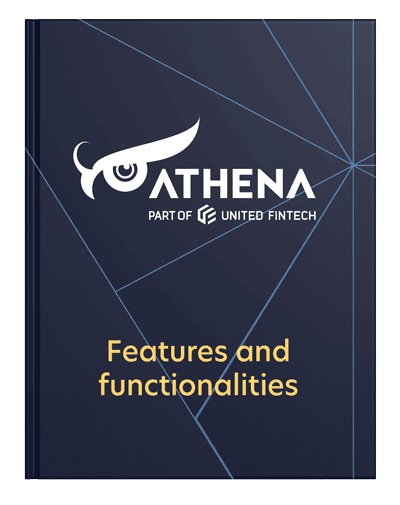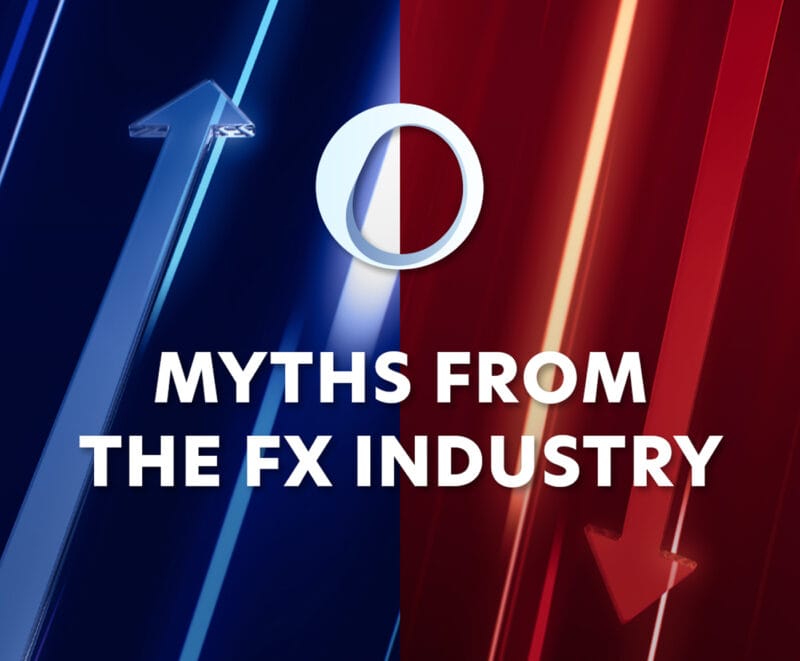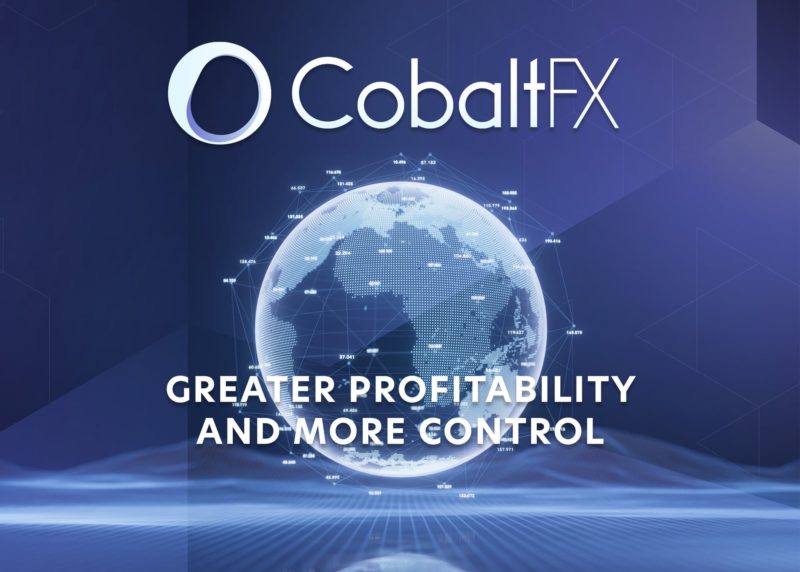Everyone is buzzing about cryptocurrencies and the rise of NFTs, but the technology that undergirds those products is perhaps even more revolutionary.
Blockchain — the ever-present trend in the financial blogosphere — has been used in everything from sharing solar power to fantasy sports. And now the proliferation of innovation and experimentation has yielded a potential alternative to our entire financial system as we know it.
Decentralized finance, or DeFi for short, is an entire financial framework based on blockchain protocols. DeFi makes financial products and services accessible to users without the need for a centralized authority like a bank or government-backed currency.
As cryptocurrencies and other blockchain-backed services become more mainstream, financial institutions are looking for ways to coexist with the world of DeFi. Here are the key benefits and risks of DeFi for both banks and their customers — and a glimpse at some of the biggest opportunities ahead.
What is decentralized finance?
Decentralized Finance, or DeFi, refers to both a collection of technologies as well as an entire alternative financial system.
Built on blockchain technology, DeFi describes an emerging ecosystem of financial services, programs, and protocols. Through the use of smart contracts — code-based, self-executing agreements between two parties — transactions are automatically executed outside of the traditional banking or regulatory environment.
Should banks view fintechs as a cause for rivalry or collaboration? Read why we think both can thrive in the world of finance if they join forces.
When in use, DeFi products upend some of the most central tenets of modern banking: transparency, Know Your Customer (KYC) regulations, relationship-driven client growth, and even the primacy of banks and governments as financial regulators.
Platforms like Ethereum and Solana act as a hub for DeFi applications and offer their own cryptocurrencies. These open-source blockchains allow anyone to build a business on top of them, and this emerging space is seeing rapid growth. DeFi assets in the crypto market rose from $20 billion to almost $150 billion within the last year (Jan 2021 – Jan 2022).
Globally, DeFi has the power to offer access to financial products and growth in areas that are underserved by the current system, with blockchain solutions cropping up prominently in countries across Africa and Asia.
Today users can access financial instruments such as borrowing, lending, investing, and derivatives trading through DeFi protocols, typically with no (or limited) connection to centralized entities like brokerages, exchanges, or banks.
The inherent risks and rewards of DeFi
With its inversion of traditional banking dynamics, DeFi offers many opportunities for both individual and corporate users, though the risks remain high.
As an end-user — particularly retail investors — there are many reasons to be attracted to DeFi products, including:
- Permissionless, instantaneous approvals
Without the requirements for permission from a centralized authority, users can access financial services quickly and more anonymously than ever before. Of course, that doesn’t mean that anyone can borrow or lend regardless of financial status. To borrow money, for example, users must offer up collateral, creating natural limits within the system.
- Non-custodial management, flexible withdrawal
Instead of using a bank, brokerage, or exchange to hold or manage funds, DeFi solutions operate non-custodially, meaning users are more able to operate independently and remove their funds as they desire.
On the flip side, without a regulated entity holding and managing funds, users are solely responsible for managing their own public and private keys (algorithmic passwords) which are needed to access their account and execute transactions.
In other words: there’s an inherent risk of becoming one of these guys.
Want access to the best fintech products on a central platform? Our platform reduces costs, drives automation, and delivers efficiency within Capital Markets. Learn more
- Greater security through immutability
With blockchain ledgers, all data is immutable, meaning it is (theoretically) irreversible and impossible to manipulate. This ensures a high level of security, privacy, and transparency at the transaction level.
No system is 100% secure, though. In an emerging technology, new exploits are bound to occur, such as the attack in 2021 that cost Grim Finance over $30 million in stolen cryptocurrencies.
- Endlessly programmable, potentially interoperable
As most DeFi products use an open-source framework, it is possible to design them to be interoperable with each other, expanding the utility of each individual protocol. And because smart contracts are programmable, executing agreements happens automatically, saving big on time and effort.
Until cross-chain interoperability increases, however, many DeFi protocols remain isolated, leaving assets idling as users struggle to find a way to use them outside their own blockchain.
At the end of the day, DeFi’s risks and benefits are two sides of the same coin. What one gains in anonymity and accessibility, one loses in transparency and security. Or was that the other way around?
Where does this leave banks?
While some outlets look at the rise of DeFi and announce (somewhat gleefully) the dawn of our new bankless society, these new protocols don’t necessarily portend doom for all financial institutions.
True, Gartner has predicted that by 2030, 80% of “heritage financial firms” will no longer exist. But this is hardly the first technological revolution the industry has weathered. The answer is to identify which tools can be incorporated to help streamline efficiency and improve client offerings.
“The disruption of the world of finance will involve a hybrid financial model interconnecting the revolutionary technology enabled by DeFi with the long-established structures of traditional banks,” said Brad Yasar, Founder and CEO of EQIFI in an article for Nasdaq. “Although traditional and decentralized practices are often pitted against each other, few seem to visualize the advantages associated with combining the best of both worlds.”
Already, Fintechs like Revolut are facilitating crypto trading for their customers, while banks such as Morgan Stanley and US Bank have started offering crypto products to select customer groups, though still with a sheen of mystery.
And within transaction banking — which services the day-to-day operation needs of businesses or other financial institutions — DeFi is looked at as a major opportunity for growth for both large customers and SMEs.
A still more glorious dawn awaits
As the crypto and DeFi space continues to mature, we can expect to see big changes in terms of product innovation, service offering, and regulation.
Already there has been a veritable flurry of activity as payment giants like Visa and Mastercard have announced partnerships with crypto fintechs like Coinbase, Bakkt, Gemini, BitPay, and Mintable. Legacy institutions are eager to strike deals (Visa reportedly has over 60) to hedge their risks and share a winning ticket with the next big player.
So far, little exists in terms of governmental regulation, but as the space continues to evolve, it’s likely that authorities will try to impose additional oversight. This will be a pivotal moment as financial institutions — already compliant and familiar with navigating the ever-changing regulatory landscape — will be advantageously positioned to step in as trustworthy partners.
DeFi doesn’t necessarily mean doom for traditional banks. After all, legacy banks today have withstood the shifting tides of digitalization, mobile-first technology, cashless societies, social investing, and much more. As always, coexistence is everything.
About United Fintech
United Fintech offers the best fintech products on one central platform. We enable banks and financial institutions to access innovative digital technologies — including real-time data, trading charts, and financial news — by partnering with engineering-led fintech companies with proven capital markets products.
Learn more at https://unitedfintech.com/












